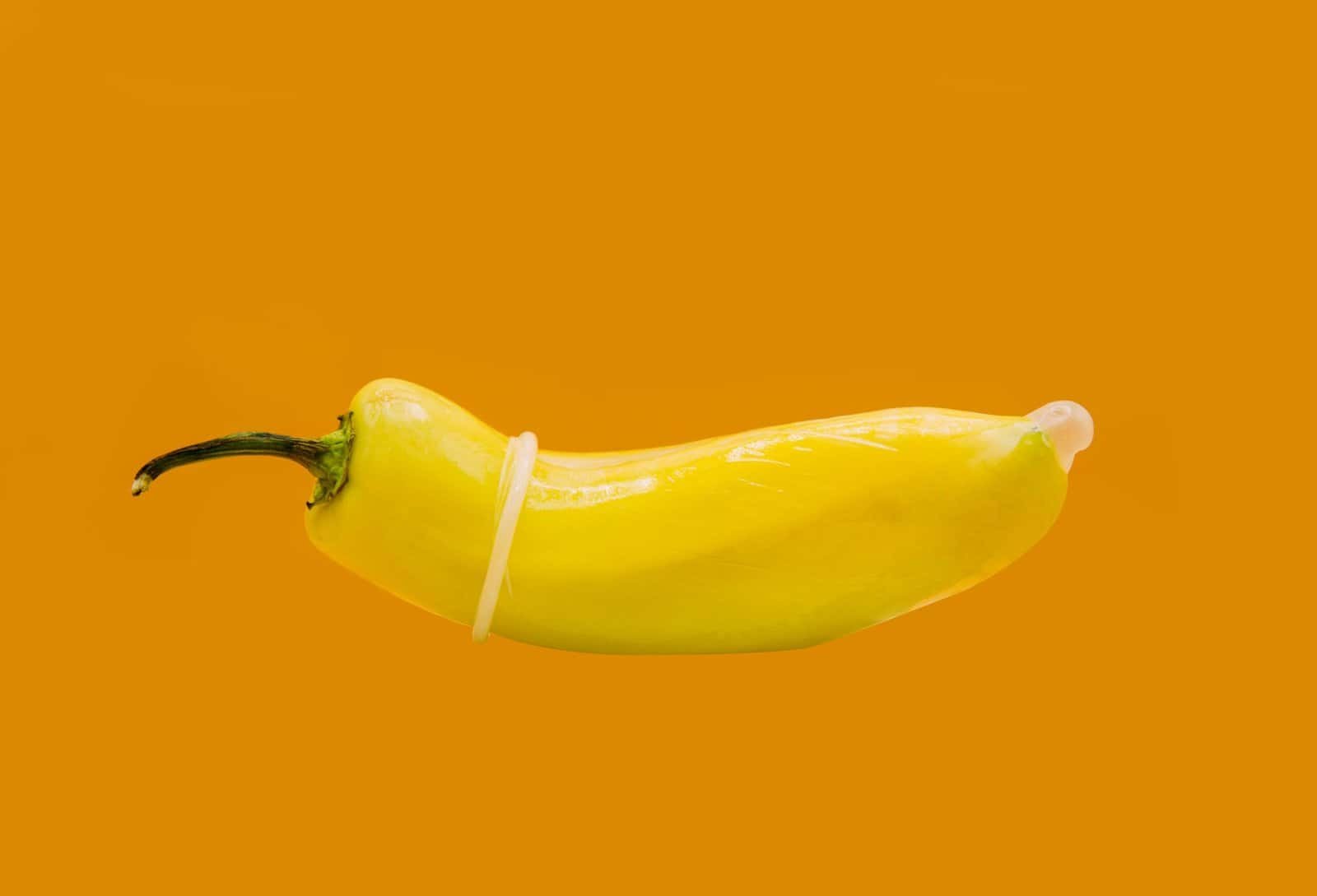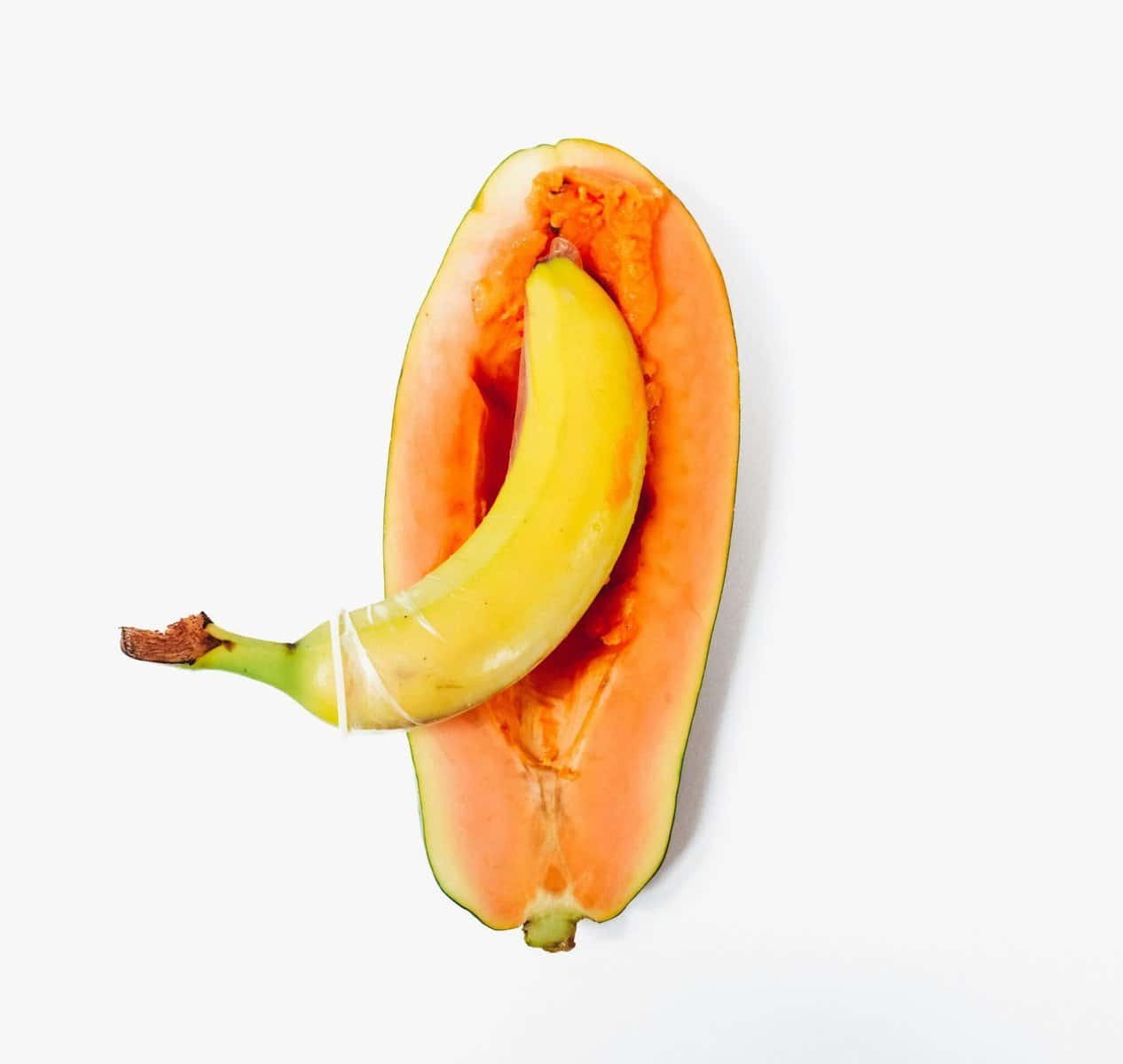Have you ever wondered how surface runoff might be impacting the quality of water in your private well? It’s a significant concern for many homeowners who rely on well water for their daily needs. Safeguarding the quality of this vital resource not only impacts your health but also protects your home’s utility. Understanding how to prevent surface runoff contamination effectively is crucial, and by the end of this article, you’ll have a clearer picture of the steps you can take.

Understanding Surface Runoff Contamination
Surface runoff is the water flow that occurs when soil has absorbed as much moisture as it can and any additional rainwater flows over the land’s surface. During this flow, water can pick up contaminants like pesticides, fertilizers, oils, and other potentially harmful substances that eventually find their way into water sources, including wells. Understanding this phenomenon is the first step towards protecting your well.
What Causes Surface Runoff?
Surface runoff is primarily caused by heavy rainfall, rapid snowmelt, or any event that leads to excessive water accumulation on the ground. When the ground cannot absorb all the water, it flows over the surface. Factors such as soil type, land slope, and the amount of impermeable surfaces (like roads and rooftops) can increase runoff volume and speed.
Potential Contaminants in Surface Runoff
Understanding the types of contaminants carried by surface runoff can help you better protect your well. Common contaminants include:
- Pesticides and Herbicides: Used in agriculture and gardening, these chemicals can leach into runoff water.
- Animal Waste: Contains bacteria such as E. coli that pose serious health risks if ingested.
- Heavy Metals and Industrial Pollutants: Result from industrial waste discharges and urban runoff.
- Fertilizers: High in nitrates and phosphates, which can cause significant water quality issues.
Impacts on Well Water Quality
When surface runoff infiltrates your well, it can lead to contamination that affects the taste, odor, and safety of your drinking water. Contaminants like bacteria, chemicals, and heavy metals can lead to health issues upon consumption. Understanding these potential pitfalls emphasizes the need for protective measures.
Steps to Protect Your Well from Contamination
Now that you understand the risks, let’s explore some practical measures you can take to protect your well from contamination.
Conduct Regular Water Testing
Regular testing of your well water is one of the most effective ways to ensure its quality. Testing helps detect contaminants early and allows you to take corrective actions in time.
- Frequency: At least annually, but consider more frequent testing if you notice changes in taste, odor, or color.
- Parameters to Test: Common tests include bacteria, nitrates, metals, and pH levels.
Implement Proper Well Construction and Maintenance
The design and upkeep of your well can significantly deter contamination.
Proper Well Construction
Ensure that your well is constructed following local and federal guidelines. This includes proper casing and a secure well cap to prevent contaminants from entering.
- Well Casing: A robust casing prevents surface water and contaminants from entering your well.
- Well Cap: Should be tight-fitting and secure to keep out insects, animals, and debris.
Regular Maintenance
Inspect your well at least annually for any structural issues and seal any visible cracks or openings immediately.
Create Effective Barriers
Installing barriers can help divert surface runoff away from your well area.
- Buffer Zones: Plant grass or shrubs around your well to create a buffer zone that absorbs and filters runoff water.
- Diversion Ditches: Dig ditches to redirect water away from your well site.
Manage Surrounding Land Use
Careful management of the land surrounding your well can minimize runoff contamination risks.
- Safe Pesticide and Fertilizer Use: Apply these chemicals sparingly and follow best practices for application.
- Animal Waste Management: Keep livestock away from the well and properly dispose of animal waste.
Utilize Protective Landscaping Techniques
Landscaping techniques not only beautify your property but can also effectively manage water flow.
Terracing and Contouring
These techniques flatten out steep slopes, reduce runoff speed, and encourage water absorption.
Rain Gardens
Create areas where runoff can collect and percolate, reducing the flow toward your well.
Install a Water Treatment System
An additional line of defense is installing a water treatment system tailored to the specific contaminants found during testing.
- Types of Systems: Choose between reverse osmosis, UV purification, or activated carbon filters based on necessary treatment.
- Professional Guidance: Consider hiring water quality experts to best decide the system suited to your needs.
Develop a Contingency Plan
Having a plan in place for when contamination does occur is an often overlooked but vital part of protection.
- Emergency Contacts: Maintain a list of local water safety authorities.
- Bottled Water Supply: Keep bottled water on hand in case of immediate water safety concerns.

Monitoring and Ongoing Education
Protecting your well from surface runoff contamination is not a one-time task, but an ongoing commitment.
Stay Informed on Water Safety Issues
Stay updated on local water safety advisories and new developments in water safety technology and regulations.
Engage with Water Safety Experts
Occasionally consult with water safety experts to review your measures’ effectiveness and get recommendations tailored to evolving risks.

Conclusion
Protecting your well from surface runoff contamination is crucial for maintaining a safe and reliable water source. By understanding the causes and impacts of contamination, implementing preventive measures, and staying informed, you can effectively safeguard your well. Remember, the key is continuous vigilance and timely action to address potential hazards. While the steps may seem numerous, your proactive efforts will pay off by ensuring the health and safety of you and your loved ones.

